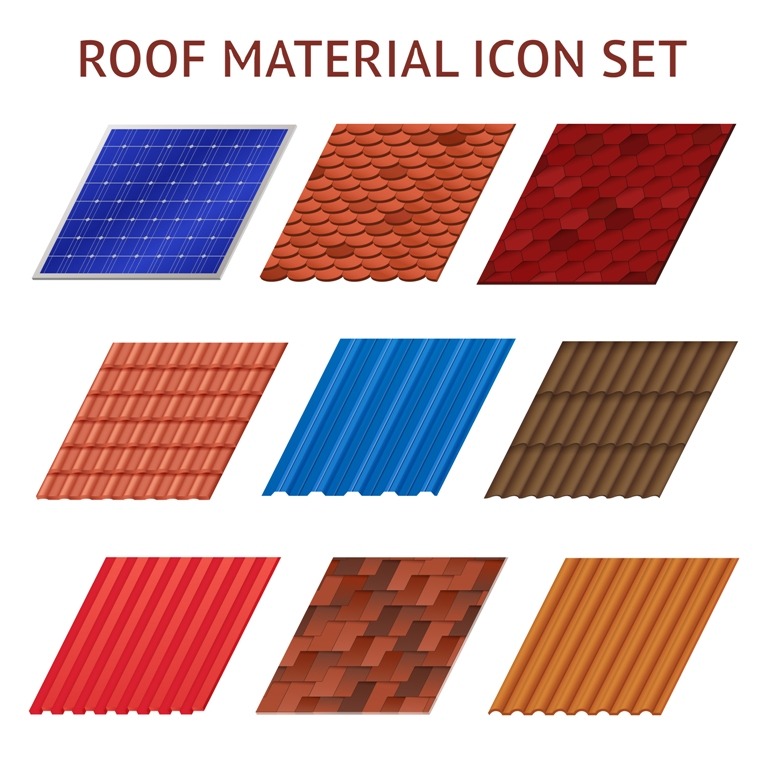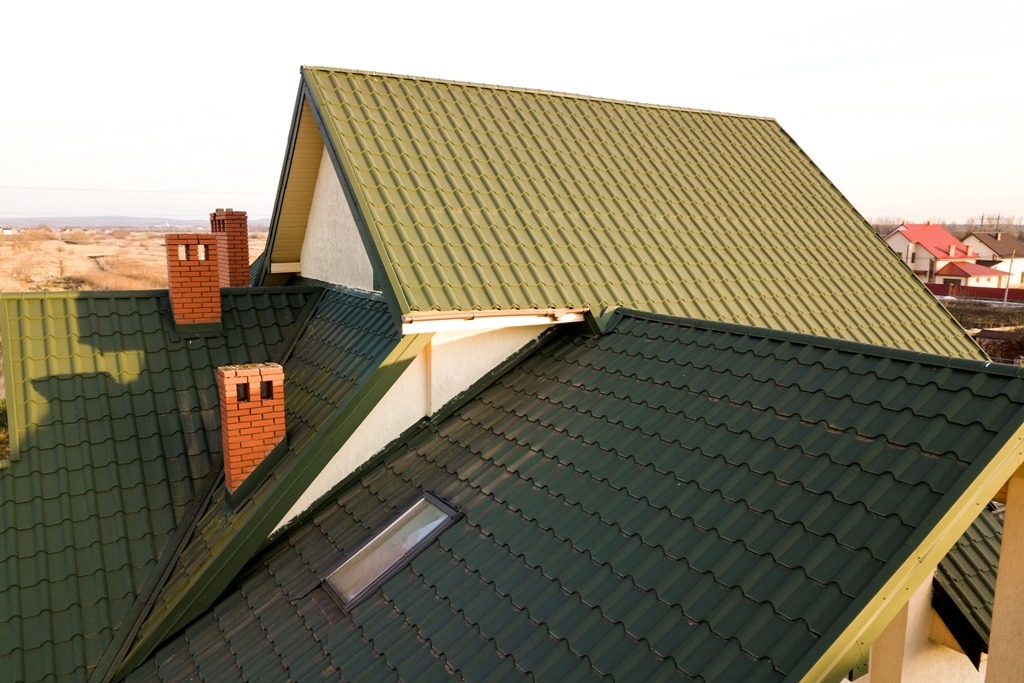Warm Shade Palettes or Cool Shade Palettes: What is the real difference?
House owner Query: What is the difference between comfortable roof color palettes and funky color palettes? These are most often well-liked conditions with regards to style. How do I know which color palette We have, or that might perform best for my home outside?
Keep in mind learning about the color wheel back artwork course? The principal colors are red-colored, glowing blue, and the supplementary shades are orange, green, and violet (an expensive term for purple). As essential color teams, reddish, yellowish, and orange are regarded as “warm” hues, and light blue, green, and violet are thought to be “cool” shades.
Every color can skew warmer or colder. As an example, let us examine peppermint green compared to. Sage natural: Peppermint natural is bluer, so it looks to be cooler. When sage eco-friendly has some discolored undertones and for that reason shows up just a little more comfortable.

Colors of white-colored, grays, and dark could have cool or hot colors also. Consider ivory white-colored (comfortable) vs. paperwhite (cool) or nickel (warm) vs. chrome (cool).
Think of hues in this set of letters: R-O-Y-G-B-I-V (red, orange, yellow, green, blue, violet). The 1st three are cozy, and the final three are cool. Any primary color plus tones of grey that skew for the initial three letters is regarded as hot. Principal roof colors can be regarded as cool should they be together with any amounts of the very last three characters. For example, a warm yellow-colored will have more orange within it, although a cool yellow-colored could have higher quantities of eco-friendly.
In relation to Coordinating Outside Shades for your residence, Get Actual physical Samples
Getting physical examples of your external components is important. When you have your entire outside sample options laid out jointly, you should certainly inform which ones use a warm or cool. If you combine warm and cool colors products jointly, something will just look off. Rather than move colors completely if this takes place, you can just verify if you have an alternative shade of the same tone – much like the mint green vs. sage green example.
You might utilize a shade like pure black to bridge both cool and hot colors, but a majority of other hues low fat one way or maybe the other, which include white-colored, so you may want to adapt your color palette.
When coordinating a hot or cool property, external surfaces’ color scheme also requires deciding on the hue of your home’s roof. Request your roofing company for a listing of addresses where you may see the shingle colors you’re considering placed on a house. And, if you are still struggling with deciding between a cool or hot color palette for your home’s exterior layout, ask a buddy or bring a designer who can provide you with an experienced judgment.
Don’t overthink it—you’ll naturally gravitate toward a palette that feels very good for your needs. To acquire some ideas, you could always generate around the neighborhood to find out how many other folks have completed, or you can guide the roofing design panels from us.
